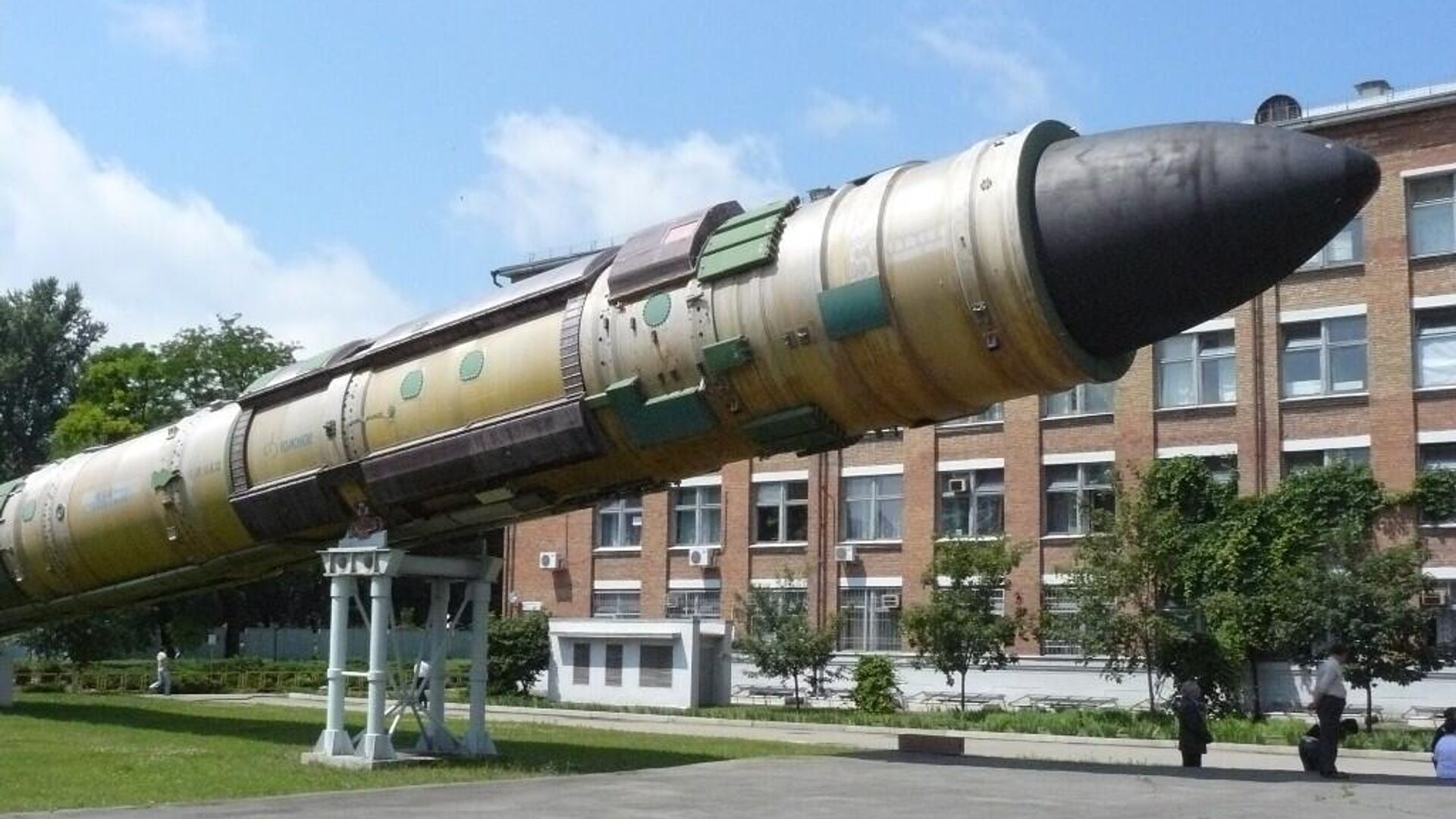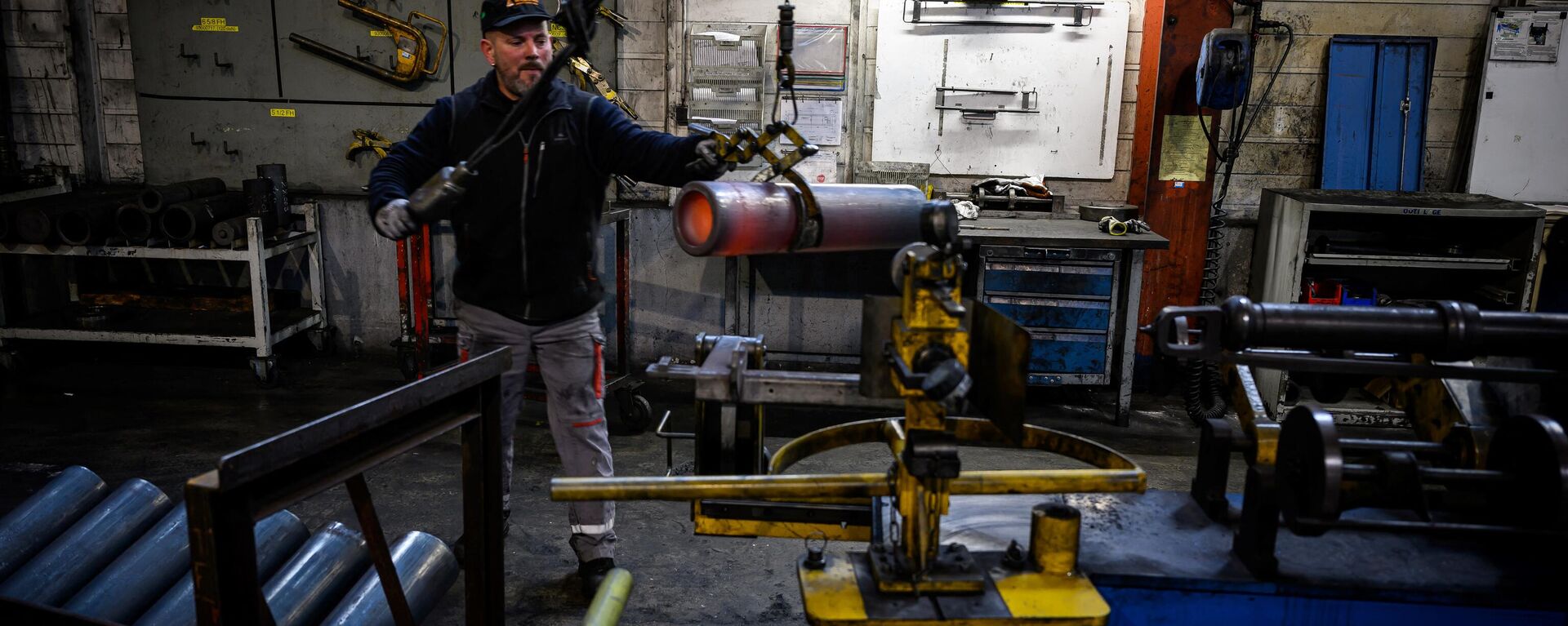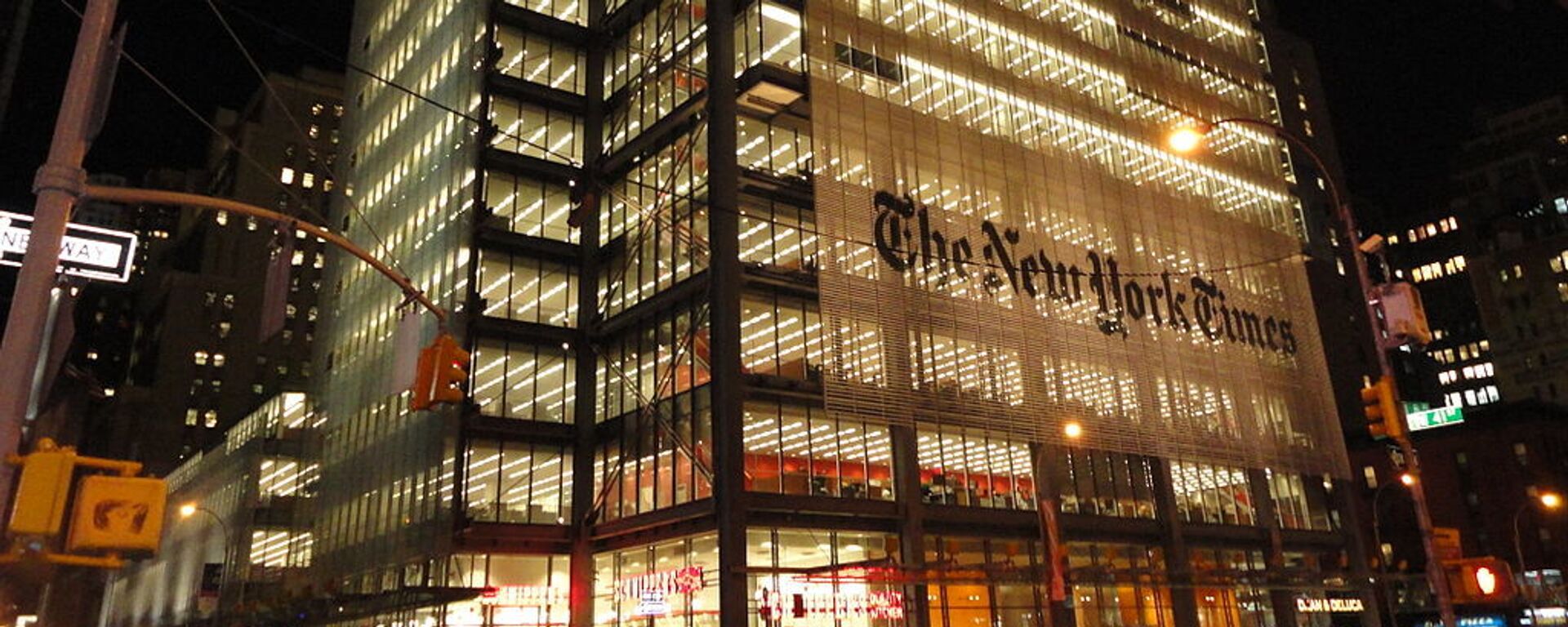Zelensky’s Hall of Mirrors: Ukraine Blames West After Botching Proxy War With Russia
18:13 GMT 03.03.2024 (Updated: 05:52 GMT 04.03.2024)

© Photo : eurasian-defense.ru
Subscribe
Ukrainian President Volodymyr Zelensky has accused his NATO sponsors of playing “internal political games” instead of providing critical arms assistance to Kiev, warning that “the world will remember” such a betrayal. Sputnik reached out to a pair of veteran US military experts for a read on the implications of Zelensky’s comments.
“Ukraine asked for nothing more than necessary to protect lives,” Zelensky complained in a video address Saturday night, commenting on the deadly results of a purported Russian drone strike in Odessa.
“When lives are lost, and partners are simply playing internal political games or disputes that limit our defense, it’s impossible to understand. It’s unacceptable. And it will be impossible to forget – the world will remember this,” the politician said.
Zelensky’s remarks come against the backdrop of the continued deadlock in Washington over a $61 billion multiyear Ukraine arms aid package, and the commitment of a paltry $4.5 billion by European NATO powers France and Germany, as the Ukrainian crisis enters its eleventh year. The figures are a far cry from the $125 billion+ delivered to Kiev over the past two years for the proxy war against Russia, which haven’t helped Kiev reach its objectives during last summer’s disastrous counteroffensive to try and oust Russian forces from the Donbass, Kherson, Zaporozhye and Crimea.
Deadly Blame Game
“Ukraine’s 2023 offensive was a failure for a variety of reasons including a lack of arms and ammunition, but also due to poorly trained forces and a poorly conceived operational plan,” former US Marine and independent geopolitical analyst Brian Berletic told Sputnik.
“What weapons and ammunition Ukraine did receive were not in quantities necessary for outfighting Russian forces or breaking through Russian defenses. Certain types of capabilities like military aviation, longer-range munitions, additional air defense systems, and electronic warfare capabilities were not even provided ahead of the offensive. Each of these are essential for carrying out the type of offensive operation Ukraine sought to carry out. Even if Ukraine was provided with more types of systems or greater quantities of the systems they have already been provided, deficiencies in trained manpower would remain a serious obstacle for any future offensive,” Berletic said.
Retired US Army Lt. Col. and international consultant Earl Rasmussen agrees, saying Zelensky’s apparent shift in rhetoric is an attempt “divert the blame” for a counteroffensive that “should have never taken place,” “just like this conflict should never have taken place.”
“The Russians had established a multi-tier, defensive lines, dug in, had superiority as far as artillery, as far as air defense. There was no air support capable to be even provided to Ukraine. Manpower as well as another factor there. It was an impossible task. It should never have happened,” Rasmussen said, adding that “the number of weapons didn’t really matter” because it was a strategic dead end from the start.
Euromaidan vs. Ukraine’s Military-Industrial Base
Ironically, Berletic noted, it was the Ukrainian client state installed by the US and its allies during the 2014 coup d’état to fight Russia which ended up decimating Ukraine’s defense industrial base, and status as the second-largest weapons arsenal in the former Soviet space after the USSR’s liquidation in 1991.
“Up until 2014, Ukraine had its own thriving arms industry with much of it done in cooperation with Russia,” Berletic said. “From 2014 onward, cooperation with Russia ended. Between an inability to find partners capable of replacing Russian inputs for various industrial processes and the general economic decline of Ukraine resulting from incompetent and corrupt leadership in Kiev, these military-industrial capabilities atrophied, leaving Ukraine increasingly dependent on the West as a source of arms and ammunition.”
Subsequently, major defense clients realized that the post-2014 government in Kiev had become incapable of fulfilling contracts, with Thailand canceling an order of tanks, and “many other nations simply remov[ing] Ukraine as a possible partners in terms of arms purchases.”
“This is an example of what awaits nations which subordinate their sovereignty and future to Washington, London, and Brussels,” Berletic said.
Blood-Soaked Money-Laundering Scheme
Ukraine was sucked into a proxy war waged by NATO against Russia for the sake of alliance expansion which Rasmussen characterized as a giant “money laundering scheme, essentially,” with the country’s defense sector becoming weakened, rather than being strengthened, by defense cooperation with the West.
“We were providing weapons there. We were providing training, incrementally. You had NATO advisors or contractors inside of Ukraine for a long period of time, I would say even before 2014, but definitely from 2014 on. And we already saw the article in New York Times showing the involvement of the CIA and the multiple CIA sites. We've seen also the growth and expansion of the ‘biological research facilities’. And we had weapon systems. I read some article two in the Washington Post, I think it was approximately 50,000, - this is before the conflict…that approximately 50,000 Ukrainian soldiers had already been trained by NATO to NATO standards,” Rasmussen recalled.
You had “a diversity of types of equipment coming in,” and that was part of the problem, according to the former soldier.
“Some of the stuff is former Eastern Bloc equipment. Some of it is NATO equipment…All these systems have differences which complicates the logistical support,” Rasmussen said. “I also believe that they underestimated Russia's capability and their industrial capability to rapidly escalate and their military capability to change tactics, and to adjust to different situations. They were thinking in terms of the 1990s and it’s clear it’s not the case now.”
Ukraine was put “in a very difficult situation to begin with,” the US Army vet said. “They were fighting a civil war” in the Donbass. “So a lot of their industrial base is in the east…And whatever they had afterwards when the special military operation began, lot of the capabilities, I'm assuming, were destroyed relatively quickly…The West was not prepared to have a direct conflict with a peer competitor. Russia has escalatory dominance. It has superior artillery growth. It has the best air defenses in the world. It has air superiority. It has battle-trained people as well. And the population in general, the force structure…You have so many people that had military experience that were in reserves, that could be rapidly activated.”
The West cynically “convinced the Ukrainians that ‘we’re behind you. We’re behind you all the way. We’re behind you for as long as it takes’,” Rasmussen recalled, noting that NATO maneuvered Kiev into a conflict with Moscow before shifting to “‘we’re behind you as long as we can’,” with Ukraine losing manpower, seeing their industry destroyed, and their economy wrecked by cutting off trade with Russia in favor of a “stupid” and economically “suicidal” attempt to forge a trade relationship with the EU.
“They’re talking about investments now, but it’ll take years to put factories in place. And to be honest, if the conflict is still going on, the Russians will hit those industries right off the bat,” Rasmussen said, stressing that there is now way for Kiev to win this conflict.





